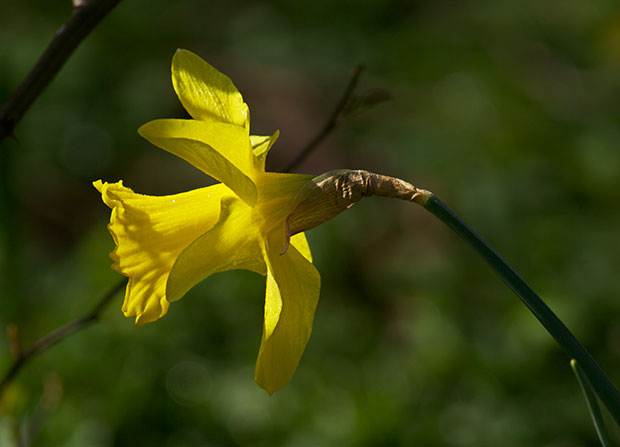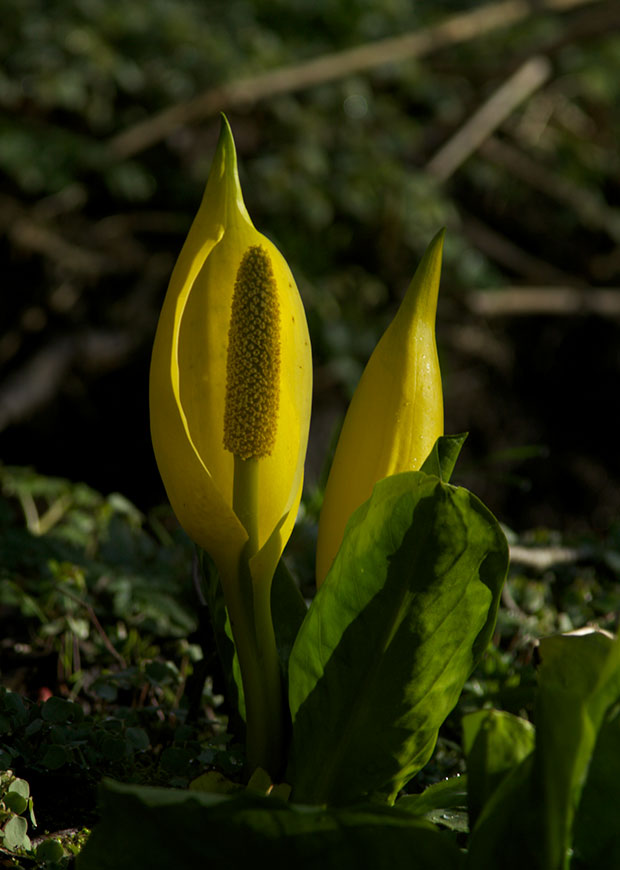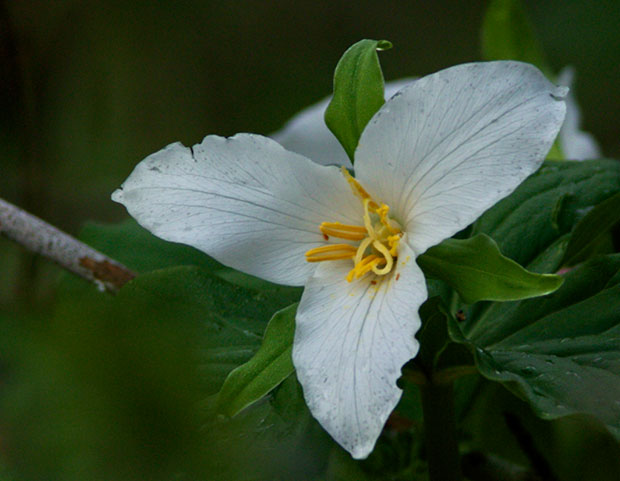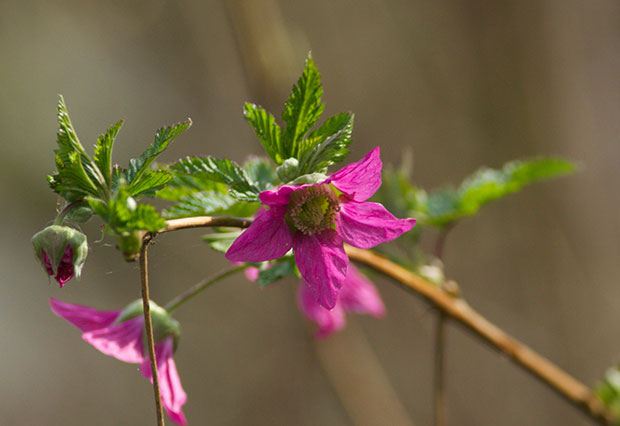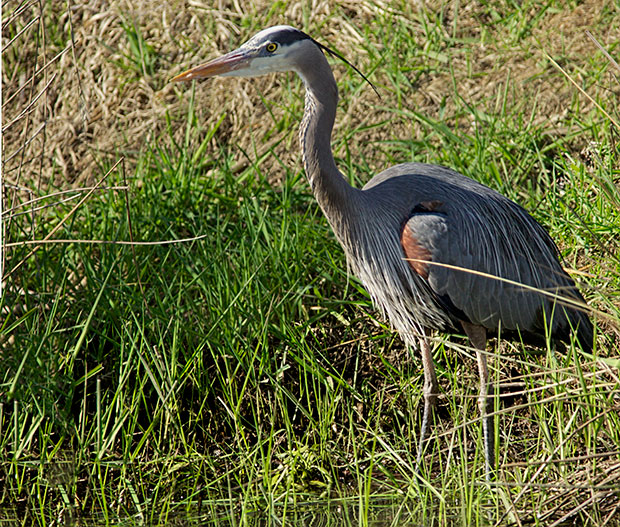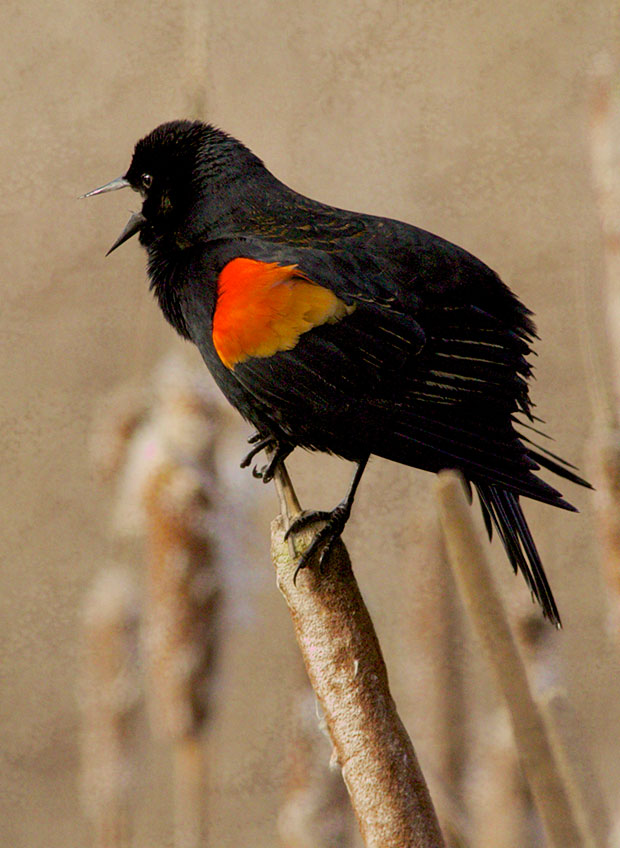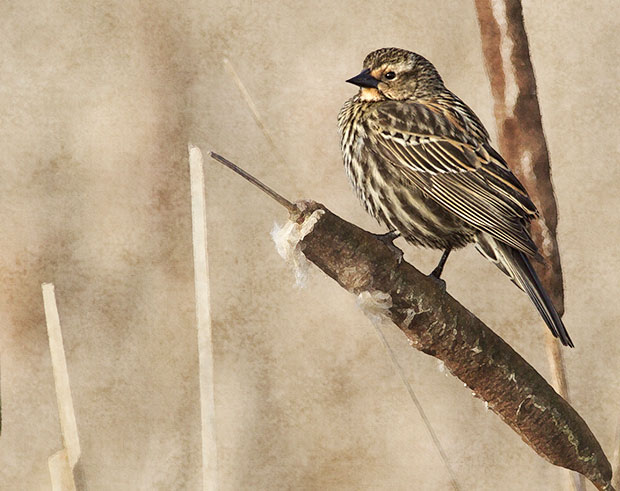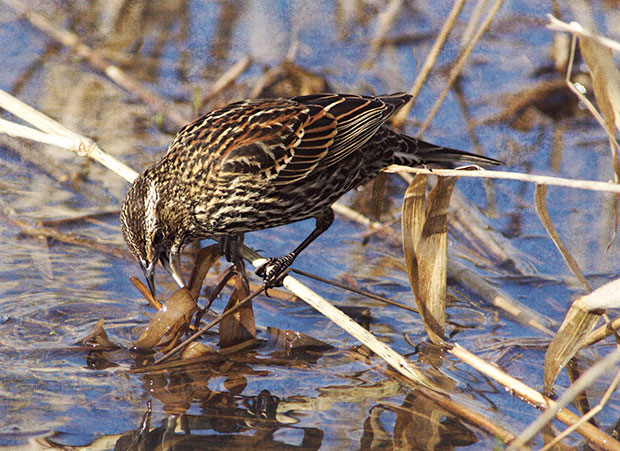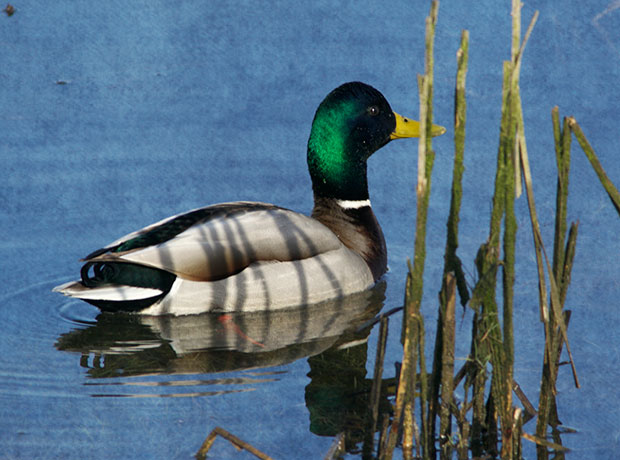This passage from Leopold’s A Sand County Almanac seemed particularly relevant after my recent encounter with the Sandhill Cranes at Ridgefield.
Our ability to perceive quality in nature begins, as in art, with the pretty. It expands through successive stages of the beautiful to values as yet uncaptured by language. The quality of cranes lies, I think, in this higher gamut, as yet beyond the reach of words.
I’m definitely guilty as charged. I began bird photography trying to capture the beauty of certain birds that I admired when I first saw them. I’m probably still guilty of paying more attention to those species I consider beautiful, like the male Wood Duck or the male Harlequin Duck than to their drabber relatives. But it seems impossible when you’re actually out there paying attention to birds you admire to ignore those other animals that don’t meet the common definition of beauty.
For instance, I doubt that many people would view the American Coot as a beautiful bird, but over the years I’ve found myself fascinated with them and have spent much time trying capture pictures of them with their offspring, one of the scruffiest birds I’ve ever seen. Over the years I’ve probably learned more about them than I have about either the Wood Duck or the Harlequin Duck.
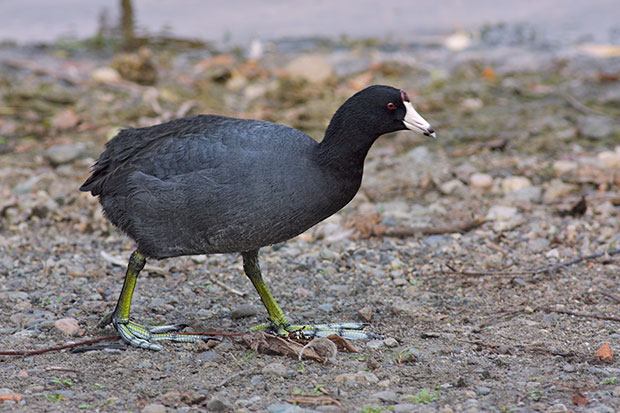
In fact, my appreciation of the American Coot seems to have evolved very much as Leopold’s appreciation of the crane did. One look at those strange green feet and I was hooked (and according to the Cornell Lab of Ornithology the American Coot closer to the Sandhill Crane than to the ducks most people identify it with.)
This much, though, can be said: our appreciation of the crane grows with the slow unraveling of earthly history. His tribe, we now know, stems out of the remote Eocene. The other members of the fauna in which he originated are long since entombed within the hills. When we hear his call we hear no mere bird. We hear the trumpet in the orchestra of evolution. He is the symbol of our untamable past, of that incredible sweep of millennia which underlies and conditions the daily affairs of birds and men.
Although I have life-long love of nature and wilderness areas, I discovered birding relatively late in life, and will never have the kind-of-in-depth knowledge of wildlife that Leopold possesses,
And so they live and have their being—these cranes—not in the constricted present, but in the wider reaches of evolutionary time. Their annual return is the ticking of the geologic clock. Upon the place of their return they confer a peculiar distinction. Amid the endless mediocrity of the commonplace, a crane marsh holds a paleontological patent of nobility, won in the march of aeons, and revocable only by shotgun. The sadness discernible in some marshes arises, perhaps, from their once having harbored cranes. Now they stand humbled, adrift in history.
but the more I learn about the birds I photograph the closer I feel to nature, and to the environment. No one who birds would ever underestimate the value of marshes, with or without cranes, though until recently they were regarded as worthless areas to be filled so that houses could be built on the shores of beautiful lakes or, worse yet, filled in as garbage dumps so that they could be paved over as parking lots. Indeed, it seems rather ironic that the college where I got my undergraduate degree relied on a land fill to provide parking for its thousands of commuters, a college well known for its fisheries and oceanography programs.
It would be too bad if people only appreciated nature for its beauty, but if that beauty leads them to a true appreciation of nature in all its beauty and complexity then it’s a wonderful tool that I don’t mind relying on regularly in this blog.

